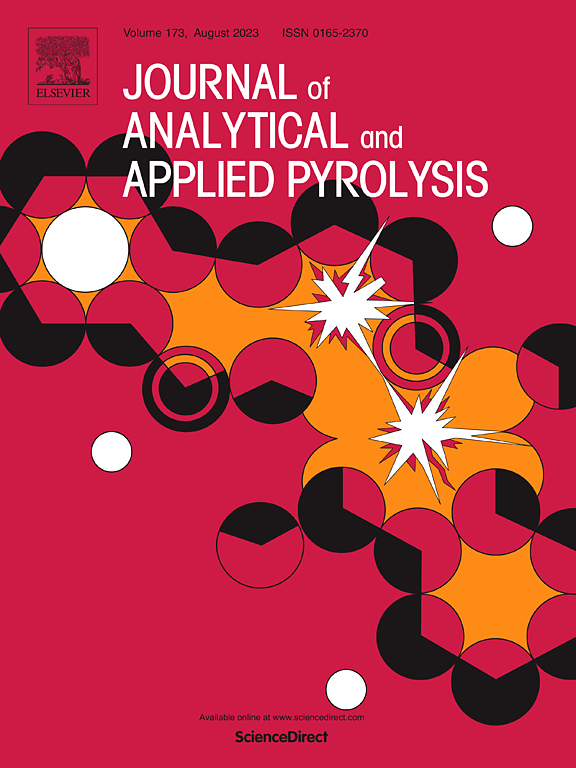Constructing the correlation between optical microstructures and macroscopic properties of medium temperature coal pitch-derived cokes
IF 5.8
2区 化学
Q1 CHEMISTRY, ANALYTICAL
引用次数: 0
Abstract
With the rapid development of the new energy industry, pitch-derived coke now shows greater potential than graphite anode. For investigate the correlation between optical microstructures and macroscopic properties of pitch coke, 6 pitch cokes with varying structures were prepared from medium temperature coal pitch (MTP) and its 5 fractions. Then, these pitch cokes were applied in lithium-ion batteries to evaluate their electrochemical performances. The results showed that the optical microstructures of pitch coke have significant influence on the macroscopic properties including electrochemical performances. In fact, pitch coke with high anisotropic index (DRAS) possesses high capacity and low powder resistivity. Its fibrous structure brings better oxidation resistance. While the mosaic structure contributes more to the improvement of the micro-strength intensity (MSI) of pitch coke. In addition, fine and medium mosaic structure have obvious influence on the rate performance and Warburg factor (σ) of pitch coke, respectively. Among several pitch cokes, BAI-TS-1400 has the best rate performance and initial coulombic efficiency (73.84 %). After 400 cycles at 0.05 A·g−1, its capacity maintains 402.4 mAh·g−1, exhibiting nice cycle stability. Thus, it’s a promising for lithium-ion battery anodes material. This work provides theoretical and experimental support for the high value-added utilization of pitch coke.
求助全文
约1分钟内获得全文
求助全文
来源期刊
CiteScore
9.10
自引率
11.70%
发文量
340
审稿时长
44 days
期刊介绍:
The Journal of Analytical and Applied Pyrolysis (JAAP) is devoted to the publication of papers dealing with innovative applications of pyrolysis processes, the characterization of products related to pyrolysis reactions, and investigations of reaction mechanism. To be considered by JAAP, a manuscript should present significant progress in these topics. The novelty must be satisfactorily argued in the cover letter. A manuscript with a cover letter to the editor not addressing the novelty is likely to be rejected without review.

 求助内容:
求助内容: 应助结果提醒方式:
应助结果提醒方式:


